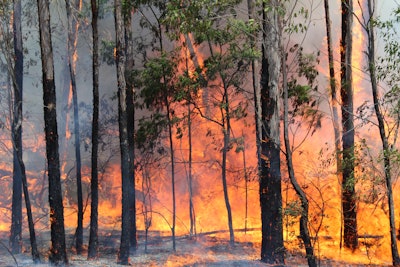
Wildfire season got an early start this year when Canadian wildfires and a blanket of smoke spread through the eastern part of the U.S. in June. Unfortunately, it’s having a negative impact on people who have asthma and other respiratory diseases.
According to the Center for Disease Control and Prevention (CDC), people who have asthma are among a high-risk group affected by wildfire smoke. However, there are steps your patients can take to prepare for exposure to poor air quality from wildfires and the triggering effect on an asthma episode.
First, advise your patients to be aware and alert of what’s happening in communities to which they plan to travel. News reports and air quality reports can help. The U.S. Environmental Protection Agency’s Air Quality Index (AQI) and the Airnow fire and smoke map are two great resources. Suggest they check local visibility guides as well. Some communities monitor the number of particles in the air, which can trigger asthma.
In these instances, remind patients to stay indoors to avoid the effects of a wildfire and keep their indoor air as clean as possible. That means closing windows and doors, using the air conditioning, and replacing the vent to filter out smoke and particles. If they don’t have a home with these protections, they should look for shelters in their communities that will protect them and their family during a wildfire.






















